- the paper presents an investigation into applying texture filtering after shading instead of before shading
- shows comparisons of the approaches and a background into the underlying theory
- presents guidelines on the tradeoffs and when to use different approaches
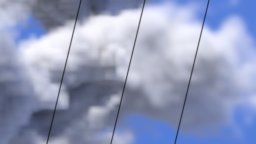
- the author presents his view on shading languages and the (lack of) evolution
- discusses the shortcomings and issues arising from them
- shows an outlook on why the concept of shading language is outdated and should be retired

- the paper introduces a path-guiding method that utilizes an irradiance voxel data structure
- the presented method is a spatial distribution
- shows an evaluation of static and dynamic scenes, containing quality and performance

- the paper introduces Area ReSTIR that extends ReSTIR to be able to be applied to sub-pixel details
- presents how to allow the reservoir to integrate with the area for the lens and film
- shows the technique applied to depth of field and antialiasing
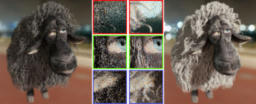
- the article continues the series that covers the implementation of a voxel raytracer
- this week explains the concept of noise patterns and presents the effects using soft shadows
- explains white noise, blue noise, and stratification
- additionally, it shows how to temporally apply noise to allow temporal accumulation
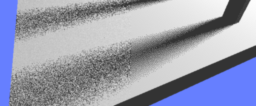
- the paper presents an improved version of a BSDF developed for micro grain materials
- shows how it explicitly models height-normal dependencies to summarize shadowing and masking inside the porous layer
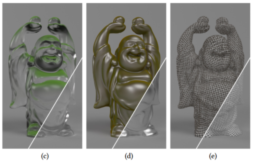
- the video presents how different types of noise for random number generation can affect the results
- discusses Randomness/fairness when generating random numbers
- present how different noises affect stochastic rendering techniques and suggest solutions to common problems
- discusses FAST noise generator utility and available pre-generated noise patterns
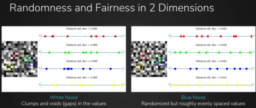
- the article provides an excellent overview of the different ways to create root signatures in D3D12
- starts with a brief overview of what a root signature is and how it’s used
- then discusses different methods to author, create, decompile, and use the concept
- presents a brief discussion on how root signatures are used and how other engines handle it
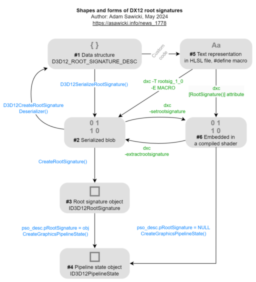
- the article discusses how to implement cluster-based mesh rendering using mesh shaders
- discusses how to set mesh shaders using Vulkan
- extends the pipeline to use task shaders to execute LOD selection and frustum culling
- presents performance numbers and how wave utilization is essential

- the paper introduces a new neural method to compress BVH for raytracing workloads
- shows how the technique is designed to be integrated into existing raytracing pipelines
- presents a comparison against existing solutions on memory and performance

Thanks to Angel Ortiz for support of this series.
Would you like to see your name here too? Become a Patreon of this series.